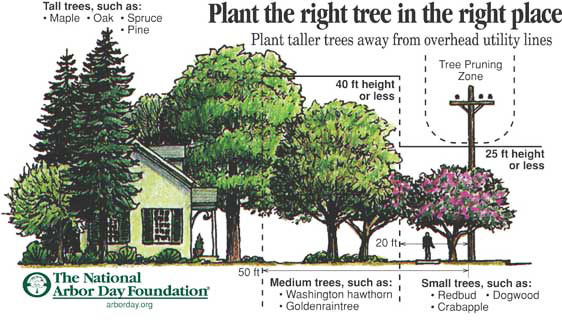Complexity and Cities: Green Infrastructure and Green Buildings
In efficient built environments, we need to ensure roofs have a clear path to the sun, in order to collect sunlight to generate power and heat water. Solar access and good insulation mutually coexist and make for a better, more efficient building.
Ensuring a clear path to the sun can be controversial, especially in America where there is no “right to light.” That’s right: American law does not guarantee access to sunshine (or avoidance of shade). Recent events in California resulted in a compromise that ensures existing solar arrays have a clear, unimpeded solar access plane to the sun from 10:00 a.m – 2:00 p.m. to produce power. This “10-2” window is now an increasingly common default setting for communities looking to implement Renewable Energy Standards or solar access plane legislation (more on this in a minute).
Compare this lack of American law to British Common Law, where a “right to light” has been a given for centuries, and was recently clarified with something called a Leylandii Law. Leyland cypress – Cupressus leylandii – is a popular, fast-growing evergreen plant used for screening unwanted views. But so many complaints of shading by this tree were lodged that a law was strengthened to privilege the right to receive sun over the right to screen neighbors. That is: British citizens by law cannot plant a tree where it would impede someone else’s access to the sun.
Another issue we contend with in our buildings is sometimes having too much sun. A typical response—especially for residential buildings—is to plant trees to shade walls and roofs to cut envelope conditioning costs [1]. Yet these same trees may grow into the solar access plane and decrease power generation as well as create carbon emissions from maintenance activities. For companies that lease roofing space to generate power, trees growing into the solar access plane can be a disaster for both the loan repayment and even for their business model [2].
Yet we cannot simply cut down all trees so we can have solar power. Healthy trees intercept stormwater, reduce the urban heat island effect, increase residential and commercial property values, reduce building envelope energy usage, and restore mental acuity among other things. We need trees around us. We simply need the right trees in the right places. The old Arbor Day paradigm of “right tree right place†will be outdated in the modern, energy-producing city:
As you can see, the old paradigm was needed for shade on poorly-insulated buildings, and installing a rooftop solar array means cutting trees and losing their benefits. The new paradigm for trees and buildings will be the opposite – ornamental trees next to buildings, and shade trees away from buildings and over impervious surfaces:

In the picture above, the innermost region is planted only with ornamental trees. The outer regions can be planted with typical shade trees; in this rendering, a 35-foot tall tree is seen at a distance typical for treelawns in modern single-family subdivisions on the equinox at 2:00 p.m. The shade tree still performs important ecosystem services; only above the tree is not shading the solar array.
Similar planting zones should be implemented in the next set of LEED standards. The urban foresters are ready to help lead the way on this effort with their “solar smart practices.” Our tree canopy is too important to sacrifice for renewable, distributed energy—trees and solar energy can work together. It is true that it is likely new housing starts will be in the doldrums for some time to come, but there is still redevelopment activity, and this activity will need proper tree siting. This time, we can make a positive change before it is too late. Right tree, right place, right reason is the new paradigm.
Next up: details on how to grow better green infrastructure in cities, especially parking lots and roadsides.
>>>
Dan Staley is an urban planner specializing in green infrastructure on Colorado’s Front Range.
Picture credits: Arbor Day Foundation, Dan Staley and John Olson.
[1] Trees can also cut heating costs slightly by creating turbulence and slowing wind speeds. This turbulence from trees and buildings is one reason why residential wind is among the least-best options for renewable energy.
[2] Several lease arrangements are currently popular, whereby a company can lease a roof for a flat fee or sell back power to the property owner in exchange for siting photovoltaic arrays. The company invests in the solar panels and labor to install and maintain, often through bank loans, and profits by the difference in savings on grid energy pricing.


